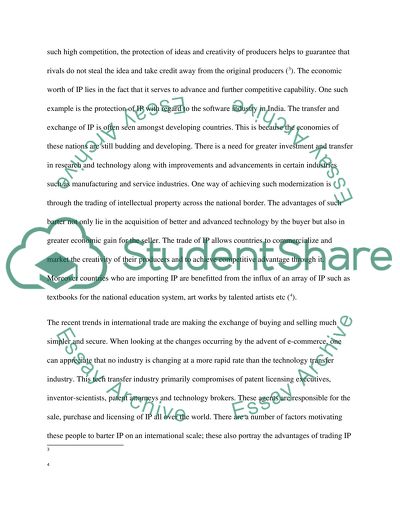Cite this document
(“'International Trade in Intellectual Properties' Knowledge Diffusion Essay”, n.d.)
Retrieved from https://studentshare.org/environmental-studies/1409064-ychinternational-trade-in-intellectual
Retrieved from https://studentshare.org/environmental-studies/1409064-ychinternational-trade-in-intellectual
('International Trade in Intellectual Properties' Knowledge Diffusion Essay)
https://studentshare.org/environmental-studies/1409064-ychinternational-trade-in-intellectual.
https://studentshare.org/environmental-studies/1409064-ychinternational-trade-in-intellectual.
“'International Trade in Intellectual Properties' Knowledge Diffusion Essay”, n.d. https://studentshare.org/environmental-studies/1409064-ychinternational-trade-in-intellectual.


